

Few public health issues in Utah are as complex, challenging, and—at times—confusing as Autism Spectrum Disorder (ASD). In a state that leads the nation in many measurements of public health, Utah has one of the highest rates of ASD prevalence among children. Currently, 1 in 58 children in Utah and 1 in 68 in the US are diagnosed with autism every year and that number is constantly changing (READ MORE). Thousands of Utah children with ASD and their families face sobering daily challenges of providing simple wellness care, educational opportunity, and social connection. Their needs uniquely challenge the state’s ability to provide support. There have been sharp disagreements over the role and responsibilities of Utah’s public institutions.
Utah is on the cutting edge of dealing with two compelling issues: Why is ASD so prevalent in this state and how do public and private institutions respond?
This documentary will take the audience to the front lines of Utah’s response, profiling the men, women and children living with and responding to Autism Spectrum Disorder. In the process, On The Spectrum provides a compelling, visual portrait of an issue that ripples dramatically across ethnic-socio-economic categories.

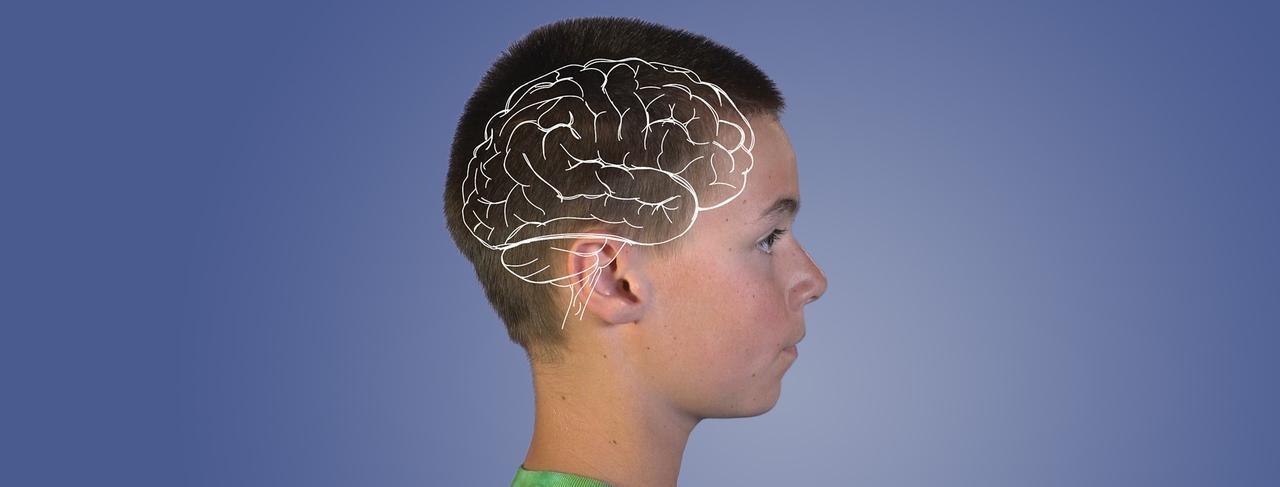
More than 3.5 million Americans live with ASD. The prevalence of autism among children in the U.S. increased by 119.4 percent from 2000 to 2010, making it one of the fastest growing developmental disorders in the country. In 2008 Utah was ranked number one in the nation for autism spectrum disorder prevalence, with 1 in 47 kids affected. Currently we remain one of the top three states in the nation with rates of 1 in 58 diagnosed every year. So what are the causes of this condition? Some studies point to genetic factors; however, exact causes are still unknown. Other studies focus on environmental factors as a cause. A large concern has been air pollution. Utah’s air pollution has been a medical concern for years, but is Utah’s poor air doing more than just affecting our physical health? What research is being done locally to help discover a cause and effective interventions? The University of Utah has been nationally recognized for its involvement in autism research. Their research is funded by the highly accredited Autism Speaks Foundation which helps thousands of families across the nation. Their research is crucial for unveiling the many mysteries involved in ASD. For more information on what the University of Utah is doing, and other resources, please see our links below.
Autism Awareness Resources (PBS KIDS Utah)
UVU Autism Center
Autism Navigator
Autism Now Series: A Viewer's Guide (PBS NEWSHOUR)
Autism Society of America
Autism Speaks
Carmen B. Pingree School
Centers for Disease Control and Prevention
Independent Lens: Autism in Love
National Autism Association
Refrigerator Mothers (POV)
Sesame Street and Autism
Spectrum Charter

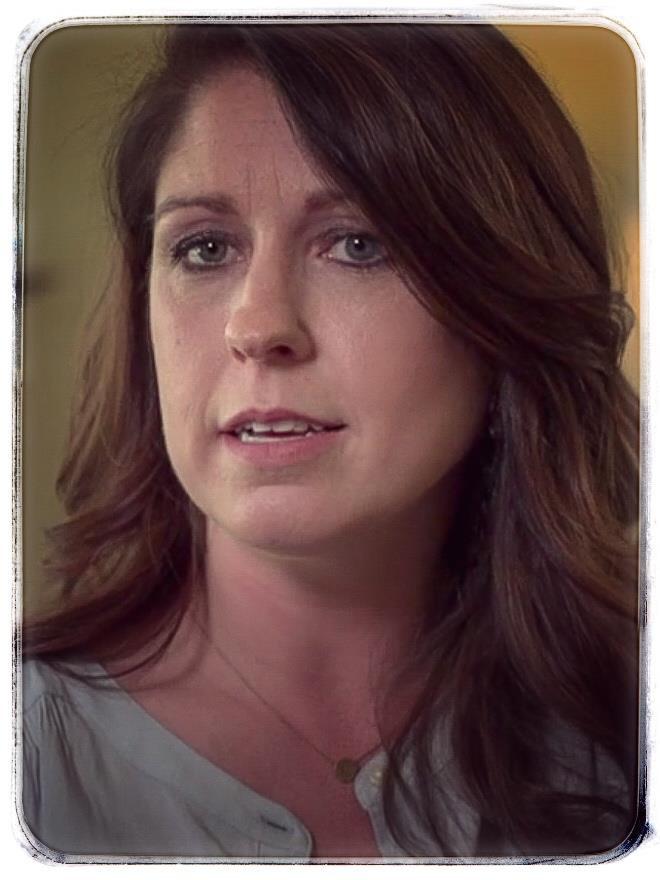
Tausha Brinton
Tausha Brinton is the single mother of five children, three of whom have an Autism Spectrum Disorder (ASD). Luke, age 15, was diagnosed at age 2 after failing to meet some major developmental milestones. Within a few years her son Isaac, now age 10, was diagnosed and six years later her youngest, Aaron, age 4, was also diagnosed with an ASD. All three children have attended the Carmen B. Pingree School for Children with Autism.
Tausha is passionate about Autism awareness. As an advocate, she is working towards a disability education program in the public school system. She feels educating our youth on the strengths and uniqueness of all students, even those with an ASD or other disability, will encourage inclusion and acceptance. Tausha is currently finishing her Masters in Accounting at the University of Utah.

Temple Grandin
Professor of Animal Science
Dr. Temple Grandin is one of the foremost recognized voices within the ASD community. Her efforts to convey growing up and living with autism spectrum disorder have resulted in several groundbreaking and critically acclaimed books including Emergence: Labeled Autistic, The Autistic Brain, and The Way I See It.
As a child, Dr. Grandin was acutely focused on animal sciences. After encouragement from a grade school teacher, she pursued that science up to her doctorate – becoming famous for the invention of the Squeeze Machine (otherwise known as the Hug Machine). Temple’s experience with autism led her to develop the Squeeze Machine to place animals into a deep pressure device that helps them calm down. Dr. Grandin has designed livestock facilities across the US and continues to consult on animal welfare and livestock handing equipment design. She has appeared on Larry King Live, 20/20, and Sixty Minutes, as well as appeared in Time Magazine, the New York Times, and Discover Magazine.

Bill McMahon
Professor of Psychiatry
William McMahon, M.D., is the cofounder of URADD and the FMR. Principal Investigator of URADD,Principal Investigator of UT-ADDM, and the Chairman of the University of Utah’s Department of Psychiatry. Specializing in Tourette Disorder and Autism, he has conducted extensive research in both fields over the past several decades. His experience in the epidemiology of autism dates back to the mid-1980’s when he conducted the first autism prevalence study in the United States, which was based here in Utah. He has been involved with URADD and UT-ADDM for over ten years.
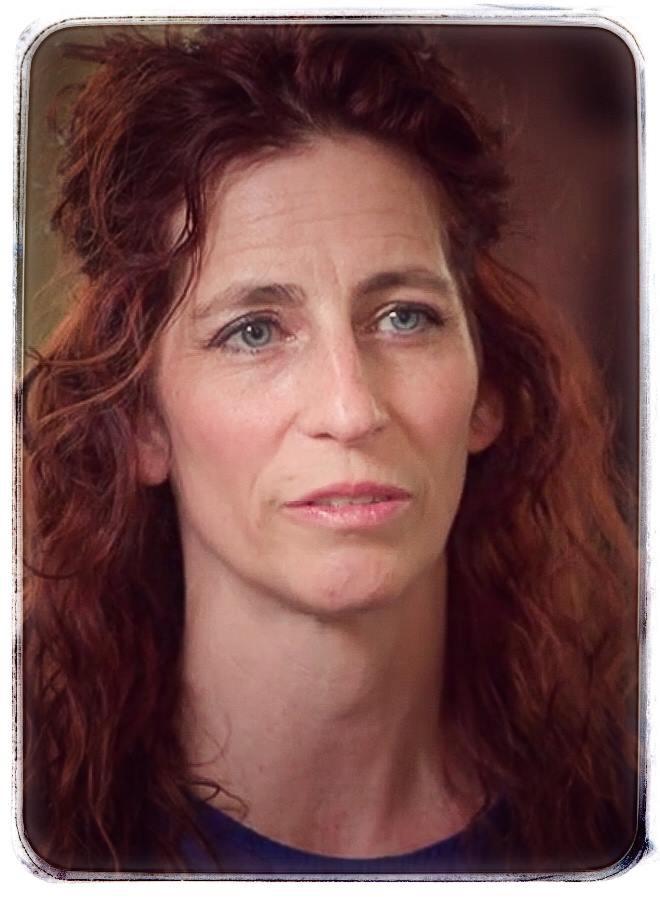
Nancy Rountree
My life can be described in a timeline of oddness; slipping from awkward to weird, struggling through bizarre to unique, launching into goofball and ending up as being enough, this goofy, unique awkward weirdo that is me. Playing games and reading are things I like to do, also creating stories for people. My favorite game is saying, being and doing the unexpected so people who meet me walk away shaking their heads, but with a new story to tell.
I used to be sad that I was different, that people were confused by me and I was confused by them, so I worked very hard to be like everyone else. But this didn’t make me happy either so I have found somewhere in between where I am enjoying being me.
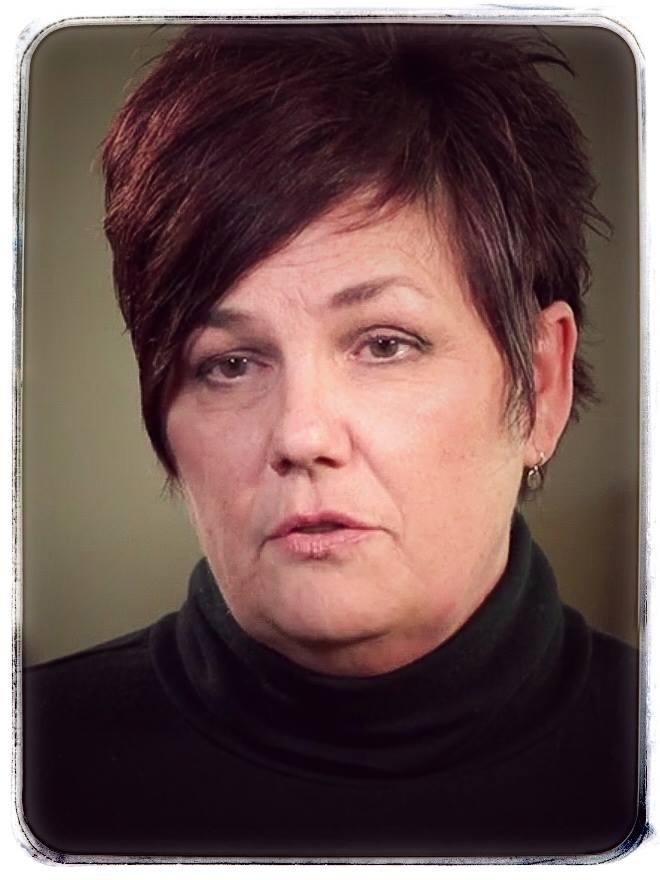
Cheryl Smith
My son, Carson, has autism. Autism never sleeps, it doesn’t take a day off, or a vacation, it’s always there waiting for him, and me.
Sometimes it feels forever heavy, like I am being pressed down into a dark hole, my spirit shattered into tiny pieces. I know I can get out, just not today. I wonder how he feels. I never knew so much worry and pressure to make it ok, to help him, to pay for it, to be happy, to be the mom to all, and the wife, all while teaching him to look at me, to put on his socks, to eat with a fork, to flush the toilet. Nothing is how I thought it would be. I am always unsure if I’m doing the right thing. I also didn’t know there could be so much joy to know him, to hear him say “mom”, to hear him sing with the Sleeping Beauty video as if it were the concert of a lifetime, to see his sunshine smile, and to get that reciprocal hug and feel, if only for a fleeting moment, his love for me.
I can taste the salt on my face while laughing through my tears when I hear him shout, “To infinity and beyond!” I wish I could go inside his head for even a bit to see what’s going on in there. But then I realize that I would still be an outsider. He gets it, I don’t, so I continue to try and pull him into my world, while I’m sure he wonders what’s wrong with his.
This boy, Carson, my son, my hero, has a life that’s a rough and bumpy road, with lots of winding country turns, potholes, washboards, and natural disasters to navigate. But along this road are butterflies, wild field flowers, glassy lakes and many wonderful things to see and do along the way. He takes me to unexpected places, powerful and amazing. I have to remind myself that it’s not the destination, but rather the journey.
We can’t take the sands of life and sift out the parts we don’t want, the hard and sharp stones that hurt us, but we can use these stones, the ones we would have done anything to avoid, to learn, to love, and to smooth us into a better person.
Carson is my sunshine, my Diet Coke with lemon, my soft blanket, my homemade bread on a snowy, winter day. My heart gets big when I think of him.

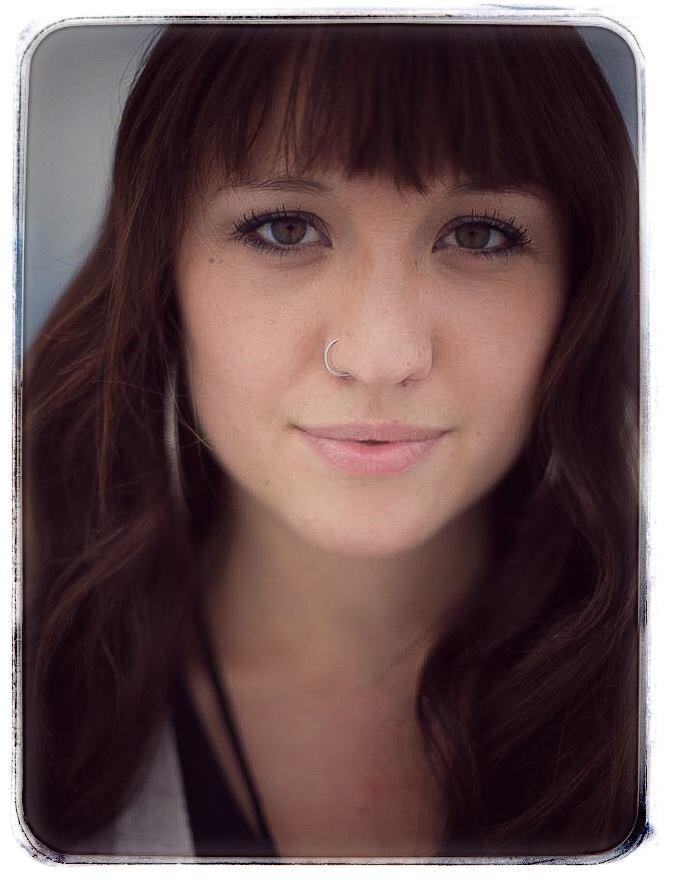
Paige Sparks
I was first inspired to do a documentary on autism when a close family member’s son was diagnosed at a young age. I saw how it drastically changed their lives — both emotionally and financially.
When I started doing research for the film, I quickly learned how naive I was about autism in Utah. Learning that Utah has one of the highest rates of autism in the nation was shocking to me, and I immediately wanted to know more.
After speaking with many contacts in the autism community, my awareness of the disease increased and my heart began to feel heavy. There are so many challenges that the autism community faces that can easily be helped with just a little guidance and education. That’s when I had the true inspiration for the takeaway of On the Spectrum. The film seemed to take on a life of its own and guided me into an educational and acceptance piece in order to help those who are directly and indirectly affected by autism.
My goal for this film is to help as many families as I can gain guidance and knowledge about Autism Spectrum Disorder, help adolescents feel less ostracized by their peers, and help adults see their untapped potential for their future careers. I am so incredibly humbled and honored to have been able to represent such an incredible community of individuals. My life will forever be changed, thanks to the amazing stories of the families featured in On the Spectrum.
En Espanol
Trastornos del Espectro Autista (NIMH)
Trastornos del Espectro Autista (NIH)
Autism Speaks
Resources for Adults with Autism
Transition to Adulthood (Autism Council of Utah)
Adult Services (Autism Speaks)
Adult Services (Autism Council of Utah)
Statistics
Autism in Utah and Around the World: Prevalence and Challenges (Kem C. Gardner Policy Institute)
Utah Autism Registry
Temple Grandin
Temple Grandin's Website
University of Utah Research
Psychiatry Autism Research
Autism Spectrum Disorder Clinic
Temple Grandin helps us understand the unique qualities of the autistic brain.
Dr. Bill McMahon, Professor of Psychiatry, shares historical information about autism.
Temple Grandin talks about some of the sensory experiences of autistic individuals.
Temple Grandin speaks about the importance of tasks and work for children.

